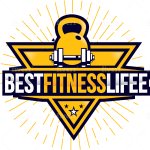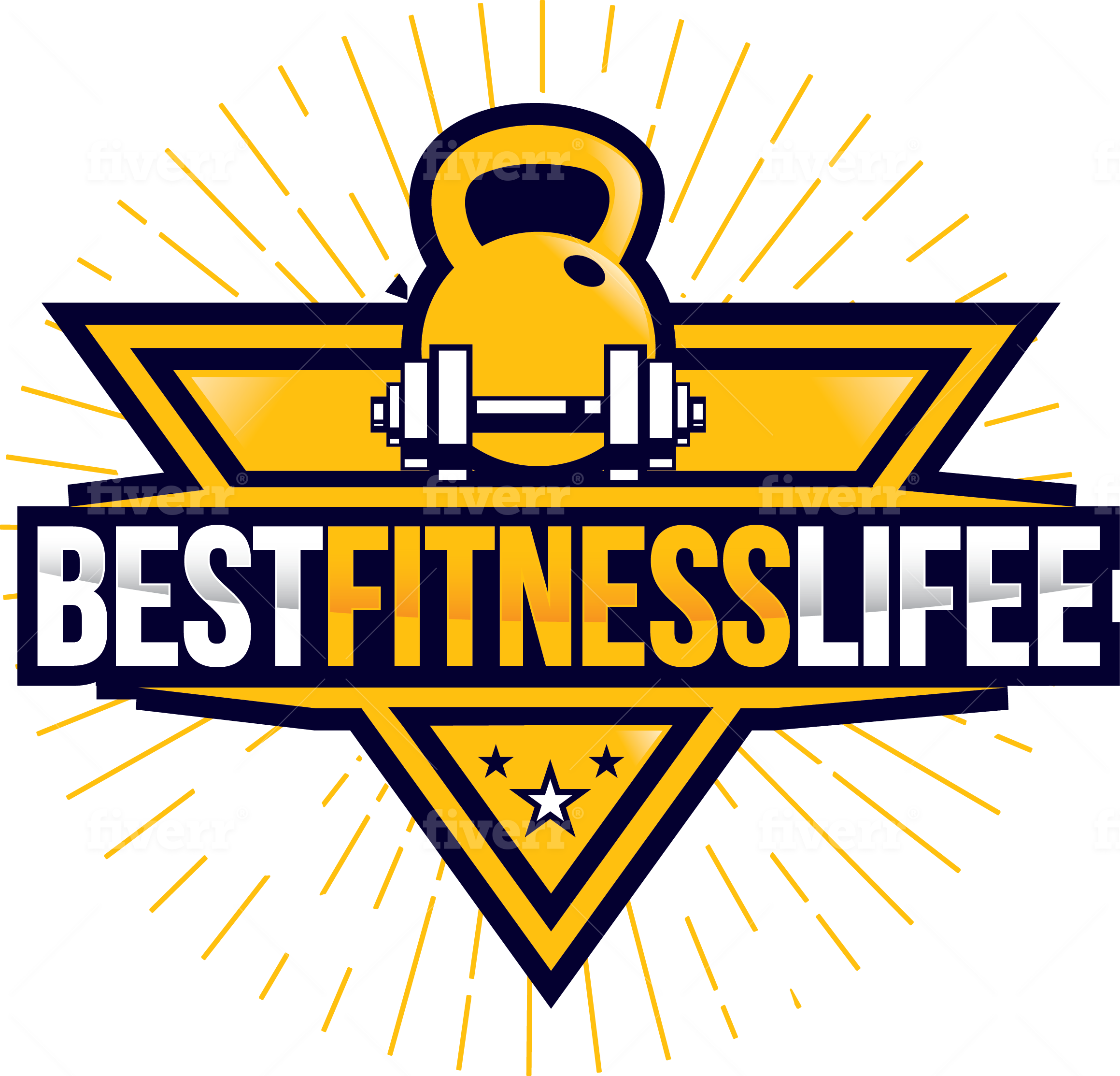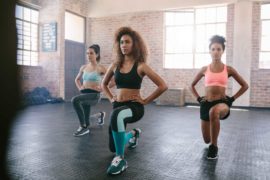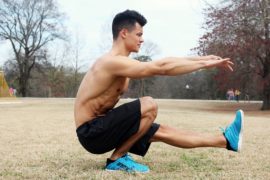The holidays increase the influx of people to the gyms. They post on social networks with a multitude of routines or tips to ” get in shape. Also, they start preparing the bikini operation and thus be able to show abs in the summer.
However, are all the tips really good? Many people today turn to social networks in order to search for information and routines to lose weight. They want to improve their physical condition or fight to teach the much-awaited abs. However, not all the advice we see is good. It is because, today, we continue to combat myths related to sport.
Today, rather than talking about myths, what we would like is to give you a vision and opinion about why we advise against any “abdominal” exercise. Exercises that have to do with classic crunches, leg raises, “toe to bar” etc.
Afterward, you will be the ones to choose which exercise to do. Of course, I hope that these recommendations help you to do a much more efficient and high-quality exercise.
Harmful abdominal exercises
First of all, if you notice, I have put “abs” in quotes, and I’m going to explain it to you. When people talk about abs, they only think of six-pack and this is a pretty big mistake. The muscular section to which we want to refer is abdominal. It forms a much broader group than just “the squares” and the obliques.
The muscles are part of the frontal abdominal muscles. How it is not only the anterior rectum that forms it. Also, we have a rear part of said musculature in which we can find the multifidus. It is the erectors of the spine or the lumbar square as some of the main muscles that make it up. There are some useful exercises for the abdomen and buttocks.
Function of the abdominal muscles
When we ask this question to a client or someone with whom we discuss the exercises to work this musculature, many times they answer us wrongly or do not really know what their function is. Here comes the error that we will analyze below: the selection of exercises to work these muscles.
The main function of this muscle group is to provide stability to our bodies. Try to stop certain movements such as rotations or flexion of our trunk in actions. For example falls, hitting in sports such as boxing, turns in sports such as golf, etc. It is also about loads of a rival when we play soccer, jumps, and landings in basketball. Usually, this is considered one of the best abdominal exercises. However, in reality, it is not and has many side effects.
Abdominal Exercises you should avoid
First of all, the reason we give you to avoid the following exercises is to do a more efficient job. For instance, it can generate a positive transfer to our daily life. It helps us to minimize the risk of having some type of muscle injury or pathology in the future.
Abdominal crunch
For starters, this is one of the exercises that we consider have been misnamed “sit-ups” for a long time. To this day, people continue to insist on placing in this category. Why? Because although the abdominal muscles actually work, it is more an exercise of the hip. If you look at the movement, it is precisely that of flexing our hip to bring our chest (or elbows) towards the knees. Crunches have disadvantages.
Secondly, it is an exercise that will force us to perform flexion of our spine. This will generate an increase in the pressure of the intervertebral discs. Also, this can reach to generate a possible injury.
The explanation of why not do this exercise has to do with physics. It is simple, do not fear. If you look, your spine forms a lever in which there is a “weight” at the end. The movement of the crunch works at an angle in relation to the ground.
If we stand completely upright (180 degrees), the weight exerted initially would be, in this example, 90 kilos.
If we were to lean 150 degrees with respect to the ground, we can see that the force generated would make the weight increase to 360 kilos. It would quadruple the weight that our spine must support and therefore would force us to generate a greater force. This is not to flex our spine. Remember that we are doing the exercise supposedly without flexing the spine.
At 120 degrees with respect to the ground the weight would increase to 630 kilos, that is to say, it would multiply by SIX. if we reached 90 degrees of inclination, the weight would be multiplied by SEVEN, reaching 720 kilos. Alternatively, you can do running.
Leg raises and toes to bar
Another classic exercise in all gyms and lots of personal trainers are leg raises and toes to bar. This exercise can be done lying on the floor or on an inclined bench. For their part, toes to bar would consist of hanging from a bar and bringing our feet up to touch the bar.
In both cases, the bio-mechanics of the exercise is the same. It is only with a greater range of motion in the case of toes to bar. What is wrong with this exercise? Well, we are facing another dominant exercise of hip flexors. As much as we know that the abdominal muscles work, yes, it works, but not in the way that interests us.
If we look closely and understand, we can see that the greater bow and iliac muscles pass through the inguinal ligament to insert into the femur.This is where we are going to find the reason for not doing this exercise.
When doing the leg elevation tour, a friction between these muscles and said ligament can occur. This can cause an inflammation that could cause tendinitis in the area. This is a very expensive injury to recover in the area in question since it is very difficult to rest completely
Russian Twists Exercise
The Russian turns are one of the most famous abdominal exercises. People usually do them with dumbbells or even discs. They are a variant of the crunches, so in this section, we are only going to give a couple of brushstrokes to add to the recommendations made in the point about the crunches. This exercise is not good for pregnant women. Instead, try these workouts.
Apart from what is explained in the section on abdominal crunches, this exercise adds another element. For instance, it contributes to increasing the risk of injury. In addition to not generating any positive transfer to our daily life, it is all about rotations. Think of it this way: Is there a movement you make every day just like in the Russian Twists? You must not do the Russian Twist exercise.
In addition to the damage that the forces generated during the crunch can generate, the turns we make in this exercise will add a rotational force to our inter-vertebral discs. This can generate greater wear on them and approach a possible injury in years to come.







